Here’s what the Clogyrnach poetry form is:
Clogyrnach is a Welsh verse form that utilizes a two-sound rhyme scheme and lines with different numbers of syllables to create a poem whose rhymes get closer and closer together as the verse continues.
While a single verse may only be four to six lines, the full poem can be much longer by repeating the pattern.
So if you want to learn all about the Clogyrnach poetry type, then you’ve come to the right place.
Let’s jump into it!

Forms of Poetry: Clogyrnach
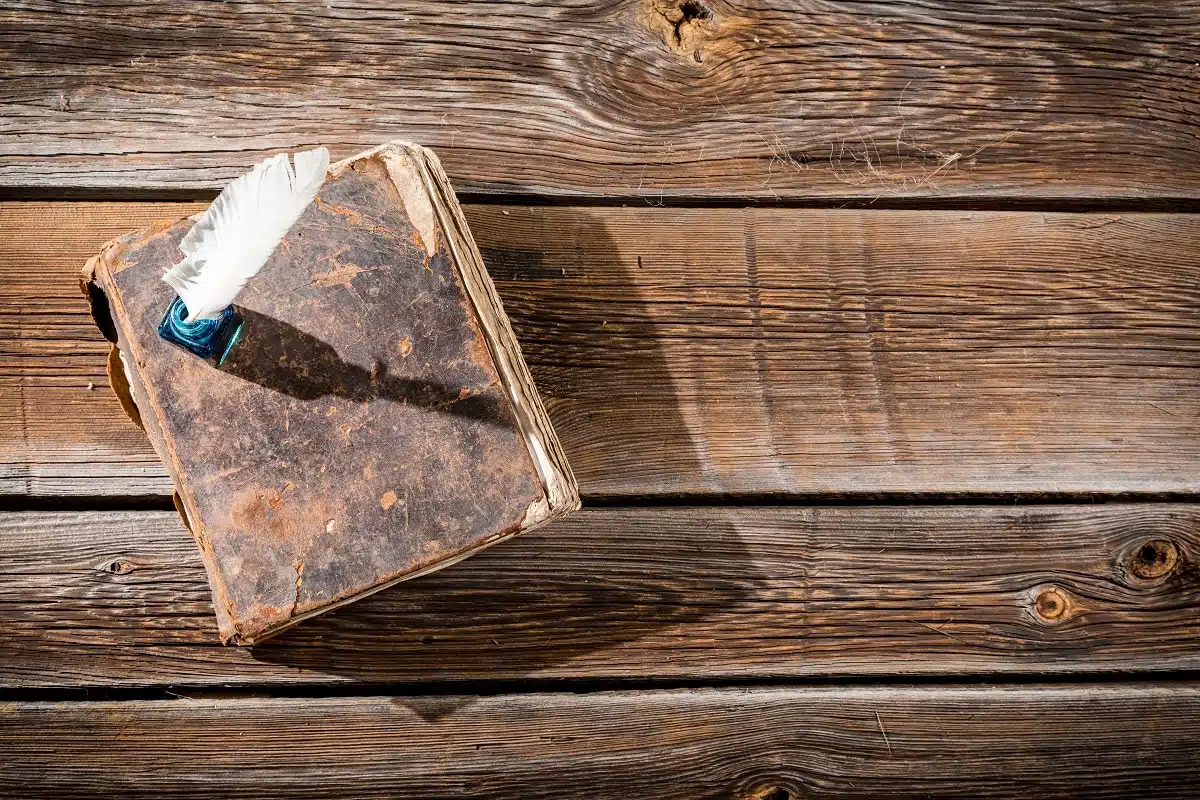
The clogyrnach is a Welsh poem form that combines different syllable counts with a two-sound rhyme scheme for a uniquely structured poem.
Clogyrnachs are one of the 24 codified Welsh meters, being a member of the Awdl family of poems.
Like other Welsh forms, clogyrnachs were originally intended for oral recitation.
As such, techniques that employ sound repetition are heavily favored in their execution.
The form is not often employed by modern poets.
Basic Properties of a Clogyrnach
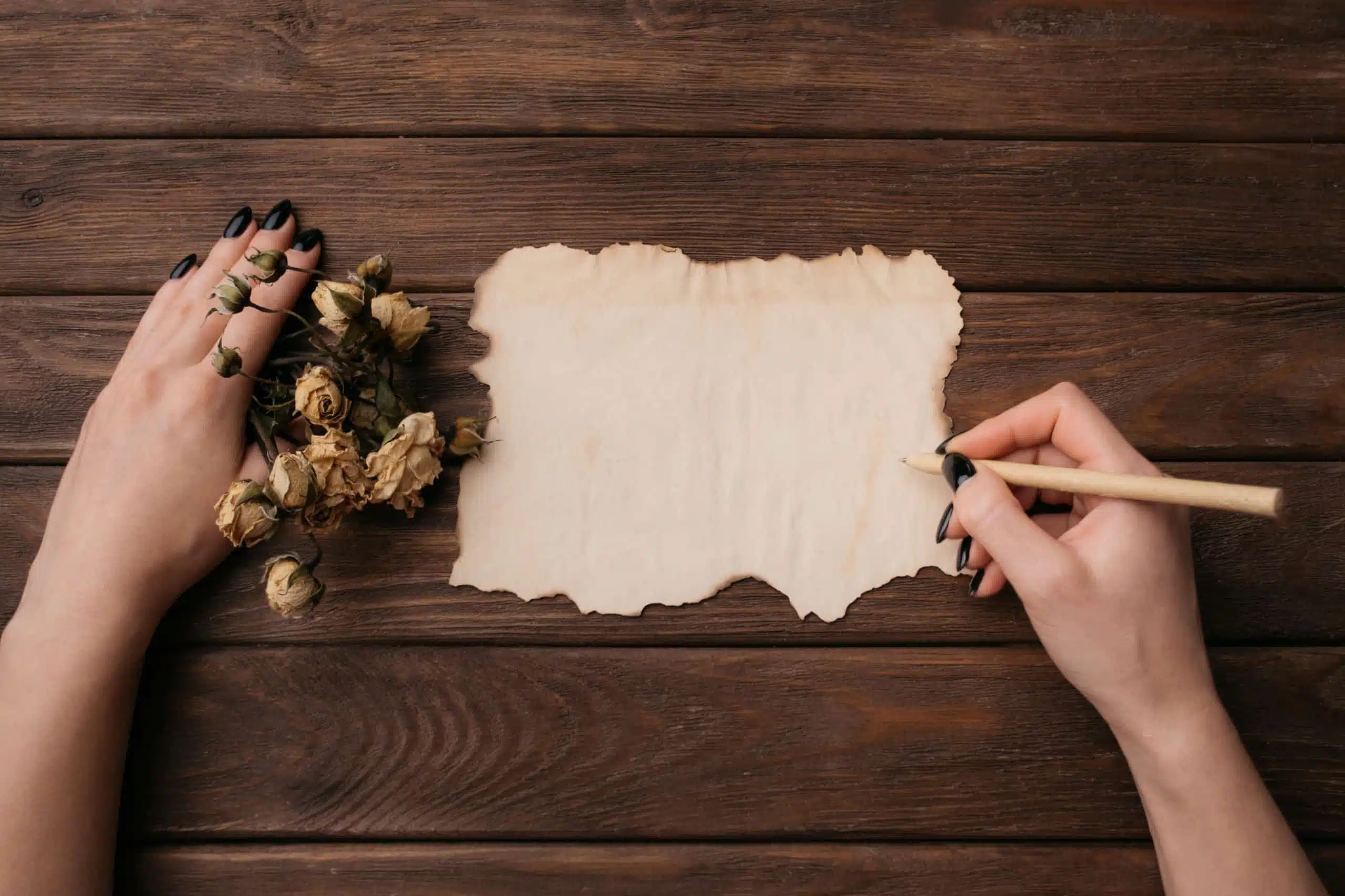
| Rhyme Structure | Strict |
| Meter | Unmetered |
| Origin | Welsh |
| Popularity | Rare (in modern usage) |
| Theme | Varies |
How Are Clogyrnachs Structured?

A six-line clogyrnach has an AABBBA rhyme scheme.
The first two lines are eight syllables each.
The third and fourth lines are five syllables each.
Finally, the last two lines are three syllables each.
There are multiple ways to structure a clogrynach, mostly by modifying the positioning of the last lines.
The last two or three lines can be combined together to shorten the number of lines, but the rhyme scheme will still occur internally.
The first three lines will always appear as follows:
xxxxxxxA
xxxxxxxA
xxxxB
From here the poem can branch out into any of the three endings below:
xxxxB
xxB
xxA
xxxxB
xxBxxA
xxxxBxxBxxA
Clogrynachs as a poem form can actually be as long as the poet wishes.
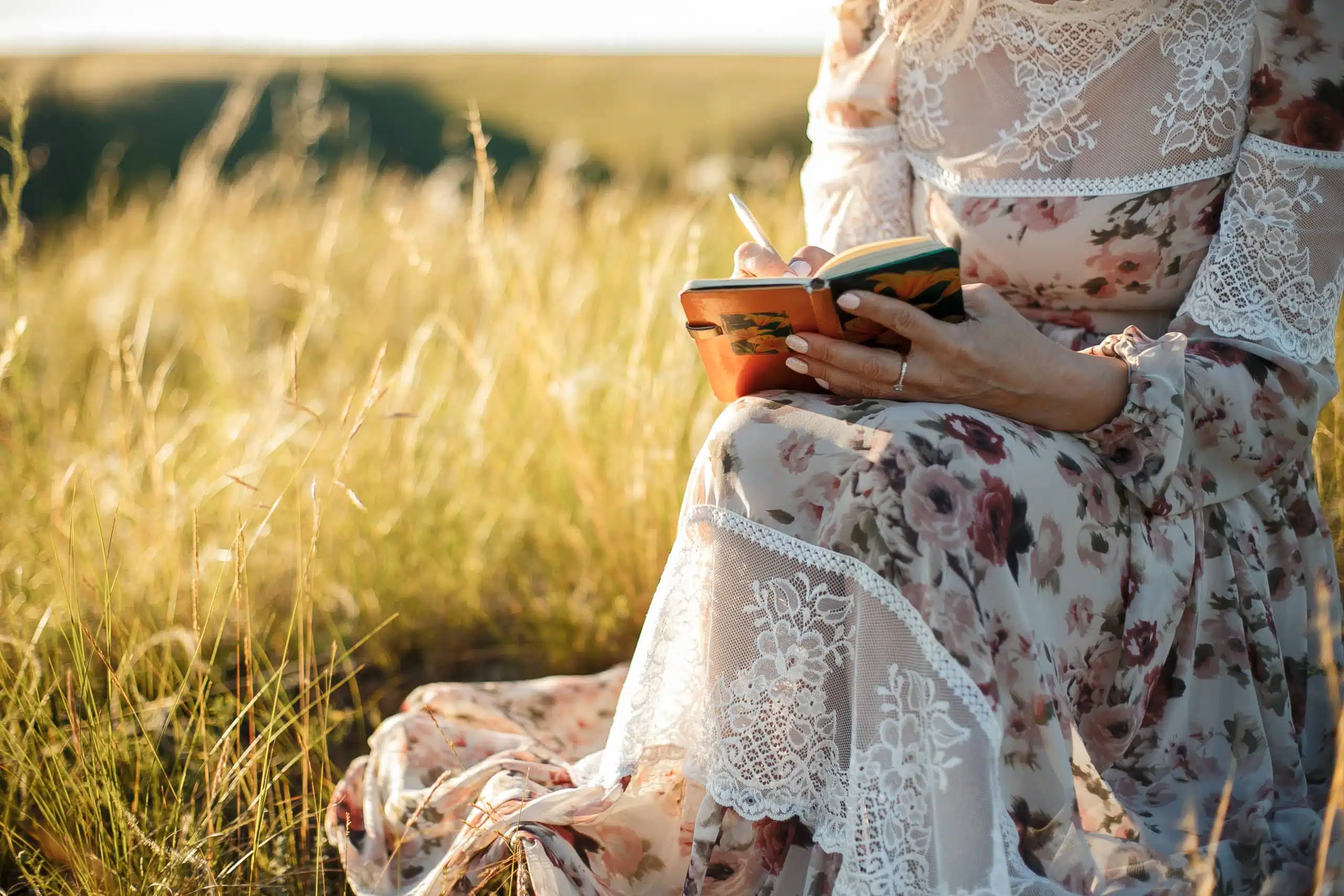
This is done by simply repeating the pattern of the form over and over again.
This flexibility is a common property of Welsh forms, which typically set a ruleset for what each verse of the form looks like but with an understanding that it can be repeated any number of times within a single poem.
One nice thing about clogyrnachs is that no particular meter is mandated.
While Welsh poetry does maintain strict syllable counts, the stressed and unstressed syllables are not often measured.
The focus is instead on harmony.
Techniques like rhyme, alliteration, and repetition are prioritized over meter.
Examples of a Clogyrnach
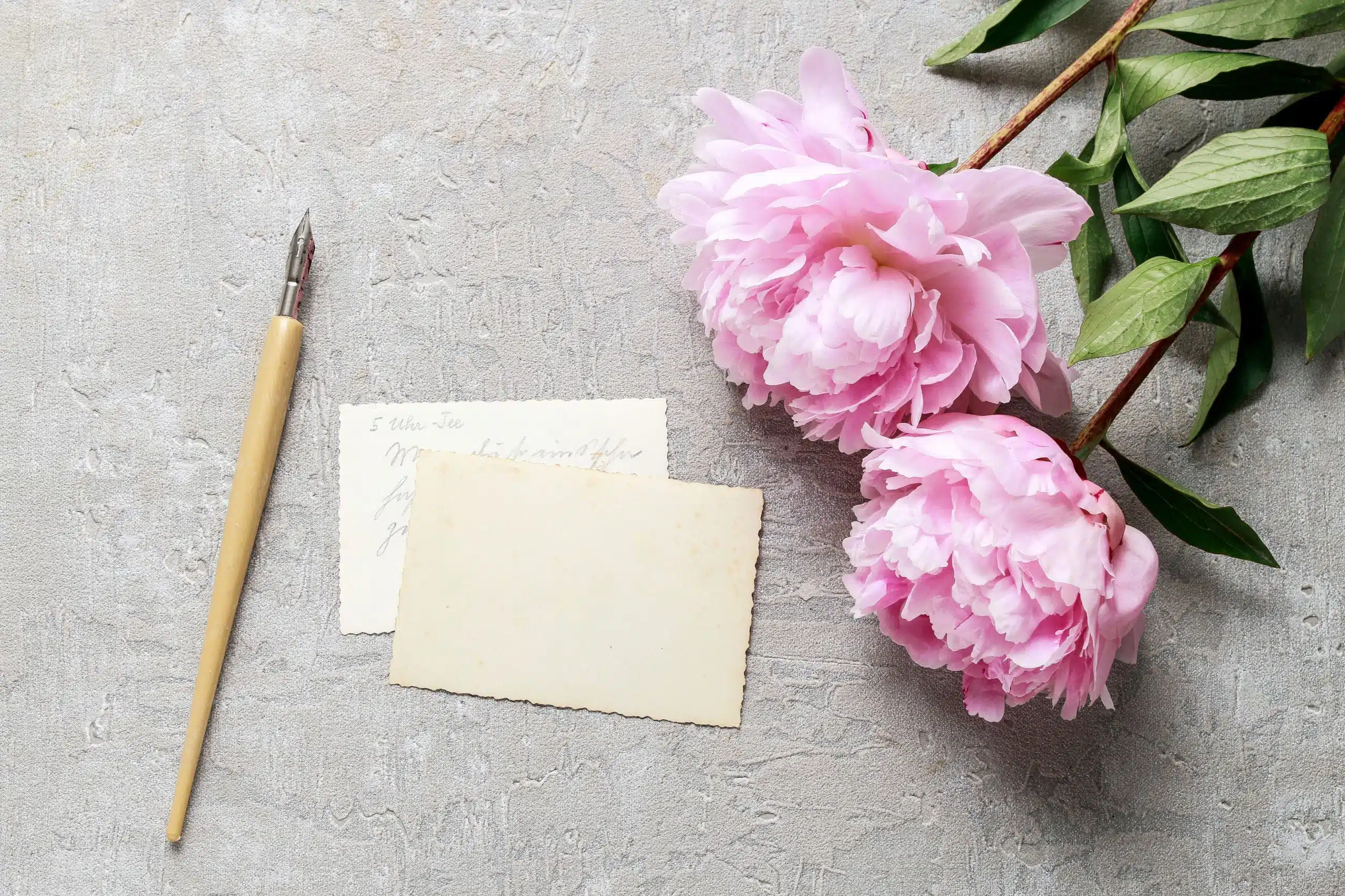
For a Guardsman
I know you love to receive cards
and hope your work with the town guards
will not this day end,
my beloved friend,
so I send my regards.
The above poem utilizes the five-line structure.
Take note that while the last two lines are condensed into a single line, the word “send” on the third syllable still contains the expected rhyme following “friend.”
Combining the last two lines of the poem allows the poet to draw attention to the penultimate line “my beloved friend” which is both preceded by and ended with caesuras (expressed as commas).
It also makes sense grammatically since the last line is all one dependent clause.

Forests Green
Looking over the forests green
I think on how sweetly serene
a single calm day
with which we can play
paves a way
to convene.
Here we have an example of the six-line structure.
It should only take a moment to note that the poem’s format is ultimately the same when spoken, more or less.
Writing the last few lines as one, two, or three lines doesn’t detract from the unique phonetic elements of the poem in any way, so choose whichever one suits you.
Tips for Writing a Clogyrnach
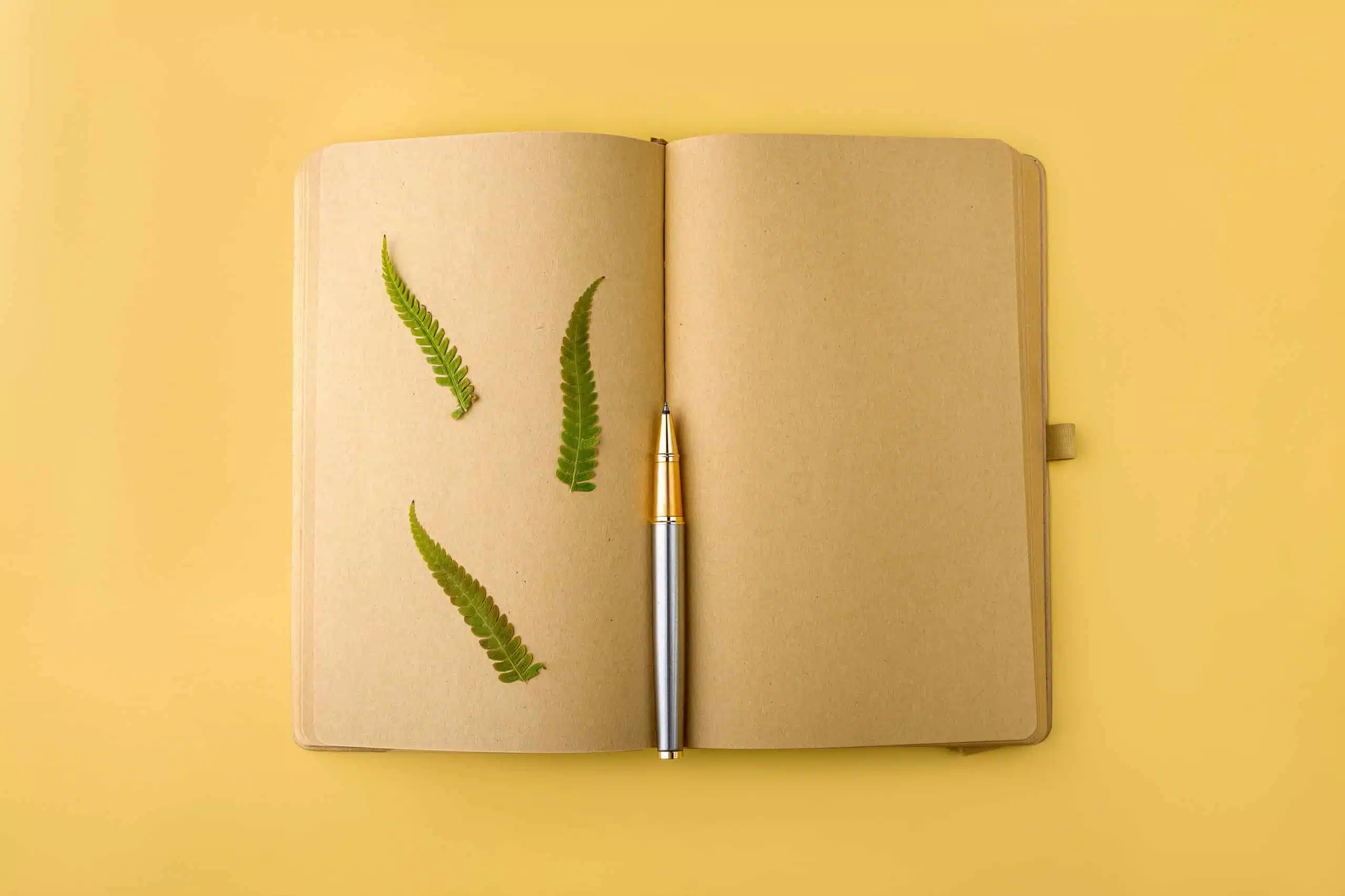
A clogyrnach is not incredibly hard to write, but there are some things to keep in mind.
For starters, having only two rhyme sounds to work with can be rather taxing if you choose your first few end words poorly.
Try to pick words that have common end sounds so that you won’t need to squeeze any clunky word choices into the poem.
Normally choosing words with common suffixes would make this easy, but the short lines throw a second wrench into things.
Many common suffixes consist of two or more syllables, meaning that the full word will have three or more.
This means that the five-syllable lines would barely have any breathing room to work with.
As such, it may be best to choose very short words with common rhymes.
Otherwise, you may find yourself stuck between a rock and a hard place when trying to make the poem’s structure work for you.
The ending, in particular, is nasty.
This is where you’ll be required to make the last use of each rhyme work in chunks of just three syllables.

This means that you have at most three words to work with.
You might even consider writing the last two segments of the poem first and working backward from there.
In short, the rhyme scheme gets more demanding in the middle and even more demanding at the very end.
The first two lines are typically the easiest to write by far since you have a full seven unrhymed syllables per line to build up into the end sound.
Choosing how to structure the last three segments (as one, two, or three lines) is really a matter of preference.
Since the rhymes still need to be present, even when the lines are combined, you should really just choose the structure that makes the syntax look as natural as possible.
Poet’s Note

This form comes from a set of 24 codified Welsh verse forms.
I encourage you to study all 24 of them so that you can feel my pain.
Once you get up to about the 11th or 12th article about Welsh poetry, it’s like pulling teeth from there.
Except that you can pull a tooth much faster.
Comprehensive Collection of Poetry Forms: Craft Words Into Art

Dare to traverse the entire spectrum of poetic forms, from the commonplace to the extraordinary?
Venture from the quintessential Sonnet to the elusive Mistress Bradstreet stanza, right through to the daunting complexity of Cro Cumaisc Etir Casbairdni Ocus Lethrannaigecht.
For those with a zeal to encounter the full breadth of poetry’s forms, this invitation is yours.
Start exploring the vast universe of poetic ingenuity with our comprehensive array of poetry forms right now!
